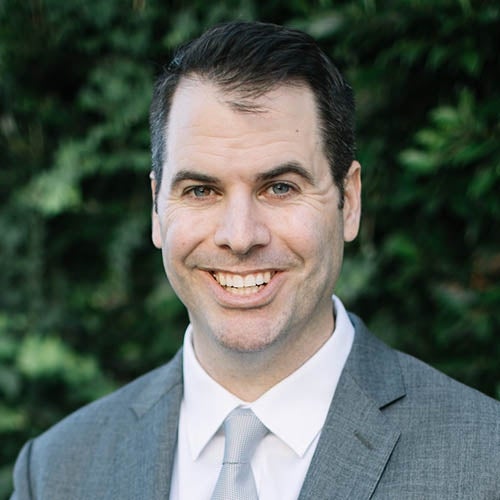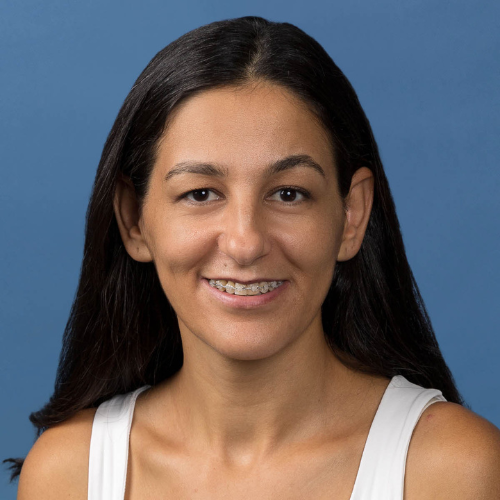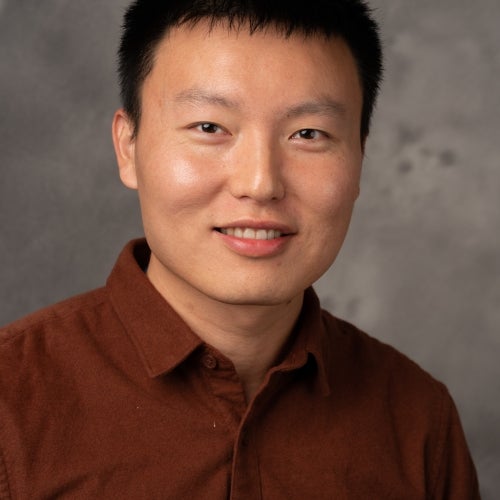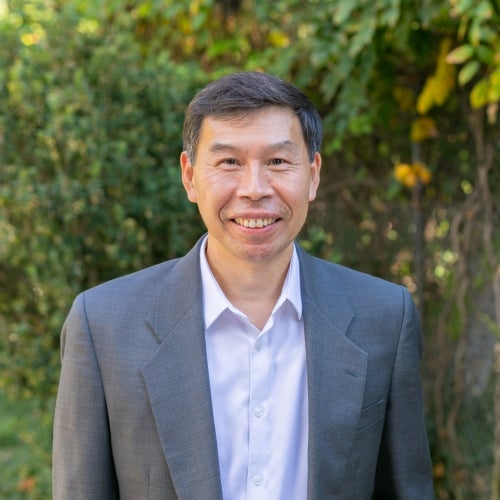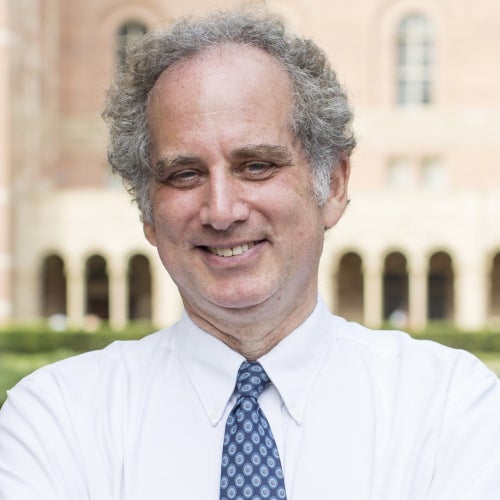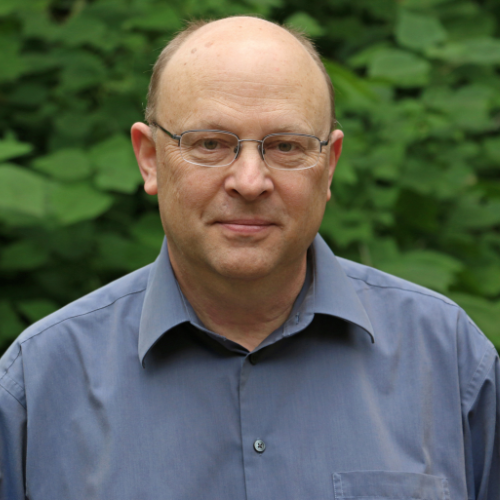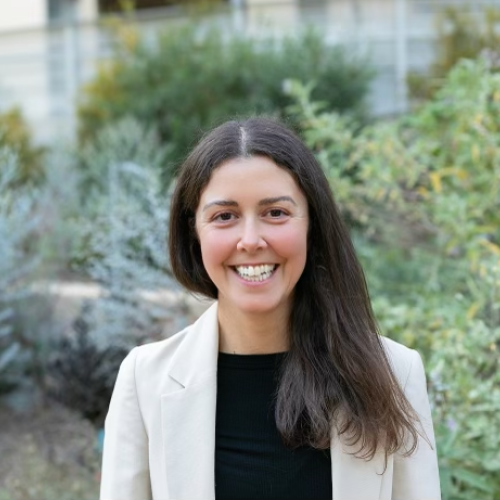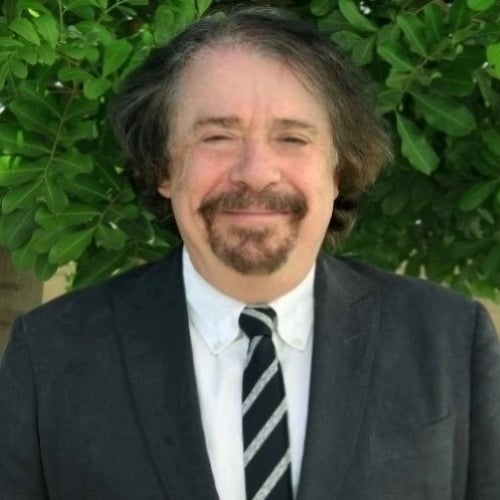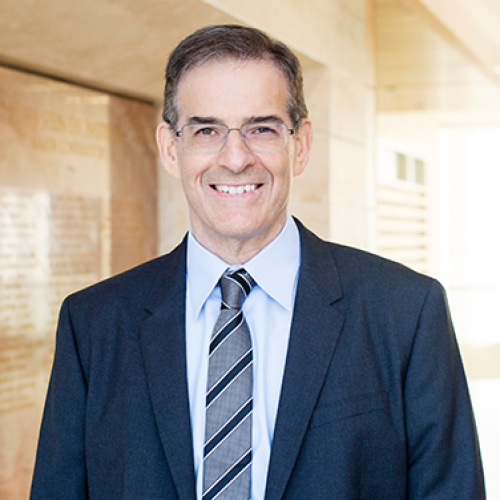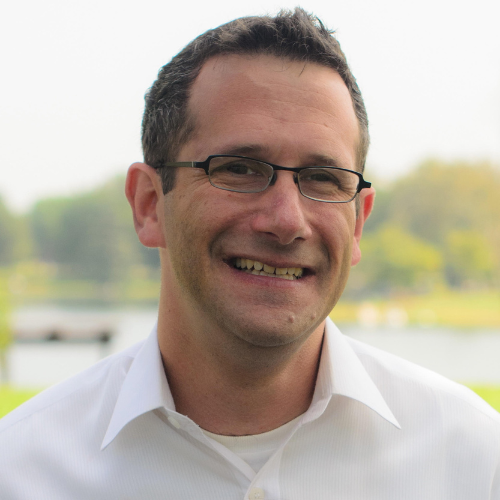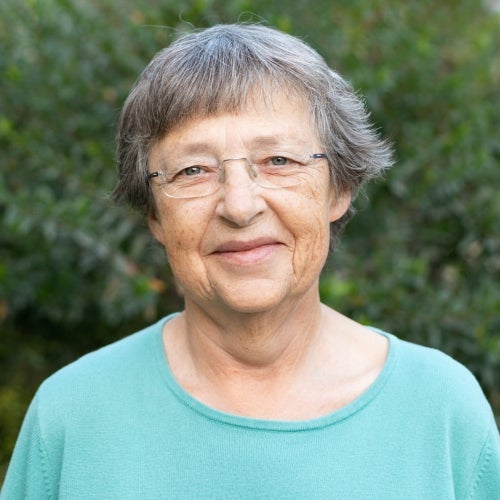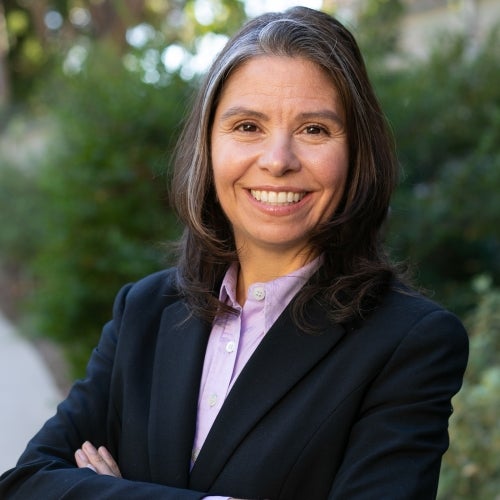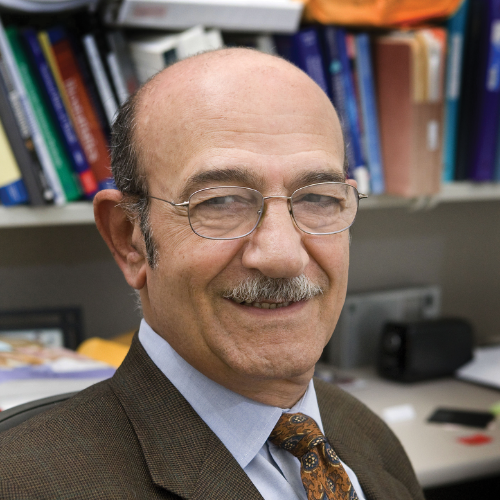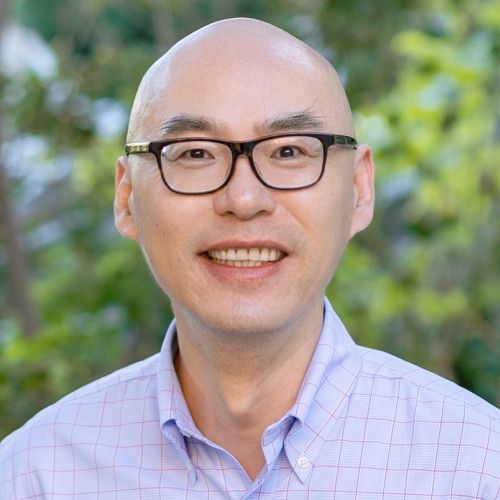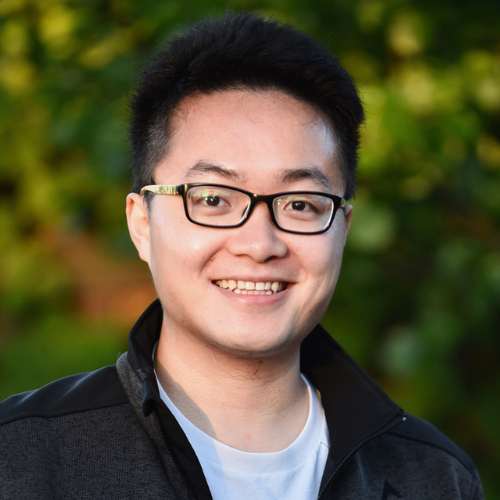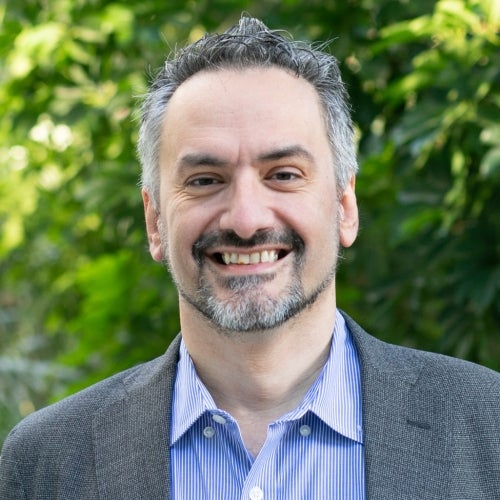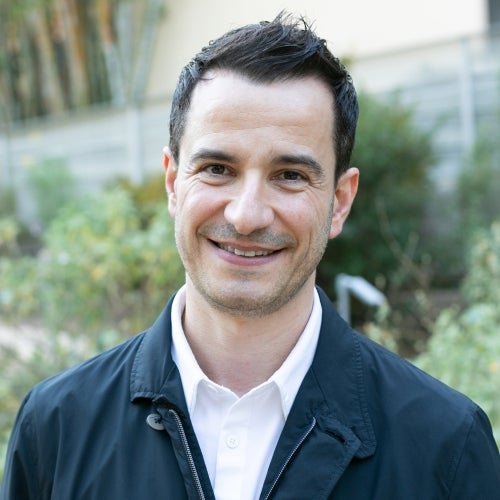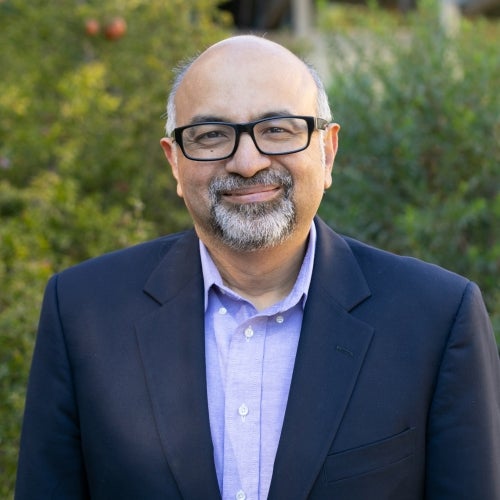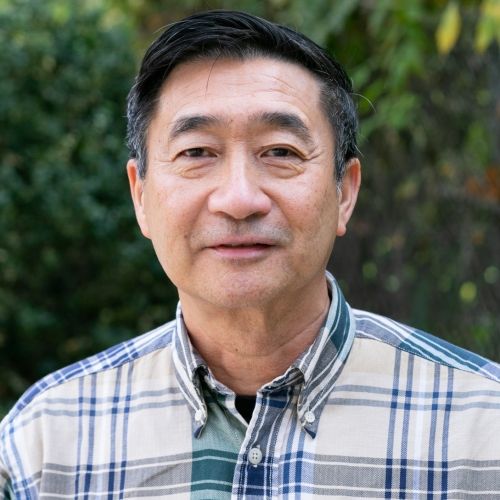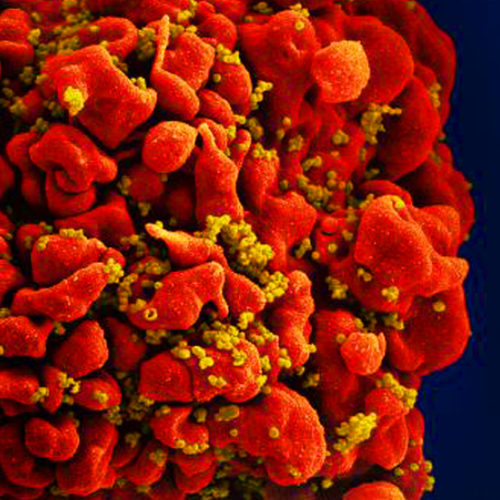Aging slows to a crawl during hibernation, new UCLA-led study reveals
Research co-authored by Dr. Steven Horvath, professor of human genetics and biostatistics, finds animals' aging essentially stops during hibernation.
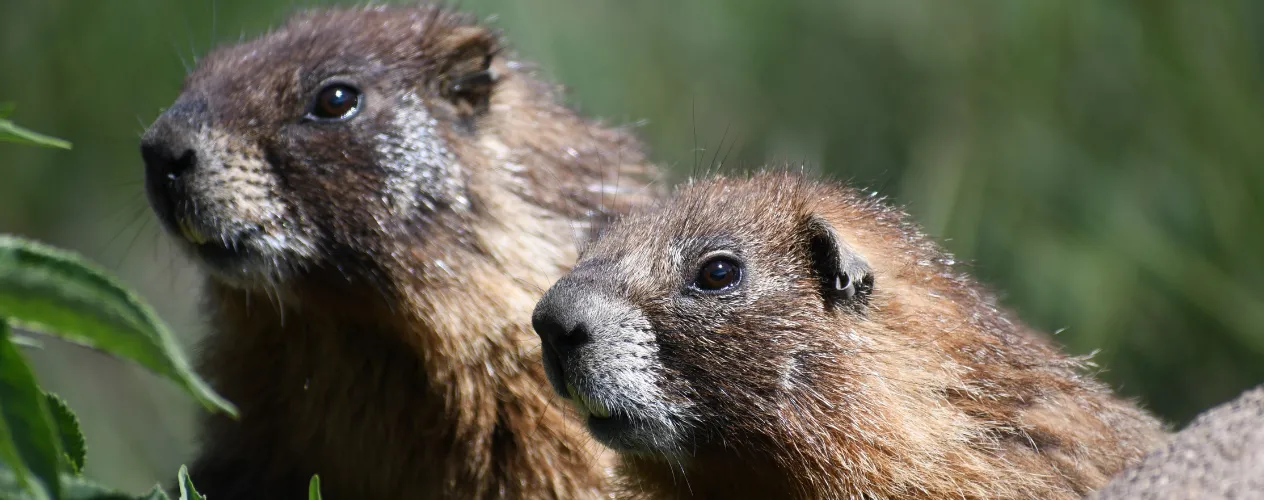
What if you were told there was a completely natural way to stop your body from aging? The trick: You’d have to hibernate from September to May each year.
That’s what a team of UCLA biologists and colleagues studying yellow-bellied marmots found; the animals - large ground squirrels - greatly delay aging during the 7-8 months each year they spend hibernating, a UCLA team of biologists reports March 7 in the journal Nature Ecology and Evolution.
The study, the first to analyze the rate of aging in marmots in the wild, found their aging essentially stops during hibernation after they reach two years old, their age of sexual maturity.
The marmot study is only the latest from the Mammalian Methylation Consortium, which includes nearly 200 collaborators from across the globe and was organized by Dr. Steven Horvath, UCLA Fielding School professor of human genetics & biostatistics.
Previous studies have used epigenetic analysis, which allows researchers to determine an individual's age relative to the maximum lifespan of its species, to examine the lifecycles of mammals as diverse as zebras, horses, bats, and mole rats. Applications of the research could include dividends in anti-aging research, organ transplants, and a wide variety of other potential medical uses, said Horvath, who developed the 'epigenetic clock' analysis process in 2013.
"It does sound like something from science fiction - `suspended animation' or what have you - but the reality is that study of mammal's epigenetic clocks has found the impact of hibernation and similar elements of life are very real, and very measurable," Horvath said. "All of these studies leverage the mammalian methylation array technology, which applies to all mammalian species, but this one on marmots is very focused; marmots are very interesting for studying hibernation."
The researchers studied marmot blood samples collected during multiple summer seasons when marmots are active above ground, to build statistical models that enabled them to estimate what occurred during hibernation.
The biologists used the latest genetic methods to assess biological aging, based on hundreds of chemical modifications to the DNA - the epigenetic changes.
“Our results from different statistical approaches reveal that epigenetic aging essentially stalls during hibernation,” said lead author Dr. Gabriela Pinho, who conducted the study as a UCLA doctoral student advised by Dr. Daniel Blumstein and Dr. Robert Wayne, UCLA professors of ecology and evolutionary biology. “We found that the epigenetic age of marmots increases during the active season, stops during hibernation and continues to increase in the next active season.”
Hibernation is an adaptation to survive highly seasonal and harsh environments, when there is no food and the temperature is very low, Pinho said. Hibernation is composed by cycles between metabolic suppression (about a week or two) and short periods of increased metabolic rate (generally less than a day). During metabolic suppression, marmots’ body temperature drops dramatically, their breathing slows and they use only a miniscule amount of energy.
Hibernation combines conditions known to promote longevity and anti-aging, such as reduced food consumption, low body temperature and reduced metabolic rates.
“They feel like fuzzy, cold rocks,” Blumstein said.
During these periods of metabolic suppression, yellow-bellied marmots burn only about one gram of fat per day — “which is essentially nothing for a 5,000-6,000 gram (11-13 pound) animal,” Pinho said, citing previous research on this species from Blumstein’s laboratory. This allows marmots to save energy and survive long periods without food.
During their summer active season, marmots eat a lot, doubling their weight to have sufficient fat to survive hibernation, Pinho said.
“This study is the closest scientists have gotten to show that biological processes involved in hibernation are important contributors to the unexpectedly long lifespan seen in hibernators,” said Pinho, who is now a researcher with the Lowland Tapir Conservation Initiative, a long-term project from a Brazilian NGO called Institute of Ecological Research.
“The fact that we are able to detect this reduced aging during hibernation in a wild population means the effect of hibernation on slowing aging is really strong,” said Blumstein, who is also a member of the UCLA Institute of the Environment and Sustainability and a senior author of the study. “This study was possible only because we had access to blood samples from free-living animals whose ages are known. Not many wild populations have detailed information about individual chronological age, and this reinforces the importance of long-term field projects.”
There may be biomedical advantages for inducing hibernation in humans or human cells — for example, in organ transplantation, or as part of long-term space missions.
“Studies have shown that hibernation protects rodents and human cells against radiation damage, so it could help human space exploration,” Blumstein said. “What had been less clear until now is whether it also slows aging.”
Pinho and her colleagues studied 73 female yellow-bellied marmots throughout their lives; the age of male marmots is difficult to determine because they often migrate from elsewhere. The biologists collected samples every two weeks, for 14 marmots’ active seasons, analyzing 149 blood samples.
The researchers think this delayed aging is likely to occur in other mammals that hibernate as well because molecular and physiological changes during hibernation are similar among mammals.
Marmots were monitored throughout their lives, and their chronological age was calculated based on the date at which juveniles first emerged from their natal burrows.
The research is part of part of a 60-year study of yellow-bellied marmots based at Colorado’s Rocky Mountain Biological Laboratory.
Little is known, Blumstein noted, about why some individuals age faster than others — whether marmots or people — and researchers have been working to develop biomarkers of aging.
The research was funded by Brazil’s Science Without Borders program of the National Counsel of Technological and Scientific Development, the National Geographic Society, a Rocky Mountain Biological Laboratory research fellowship, and the National Science Foundation.
Other senior authors are Wayne; Matteo Pellegrini, UCLA professor of molecular, cell and developmental biology; Joseph A. Zoller, a Fielding School doctoral student in the Department of Biostatistics, Julien Martin at the University of Ottawa; and Sagi Snir at Israel’s University of Haifa. The authors thank UCLA’s Statistical Consulting Group for helpful insights.
Blumstein and colleagues reported in 2018 that yellow-bellied marmots live much longer, on average, if they are less social and more isolated than if they are more social and less isolated.
by Stuart Wolpert
The UCLA Fielding School of Public Health, founded in 1961, is dedicated to enhancing the public's health by conducting innovative research, training future leaders and health professionals from diverse backgrounds, translating research into policy and practice, and serving our local communities and the communities of the nation and the world. The school has 761 students from 26 nations engaged in carrying out the vision of building healthy futures in greater Los Angeles, California, the nation and the world.
Faculty Referenced by this Article

Automated and accessible artificial intelligence methods and software for biomedical data science.
